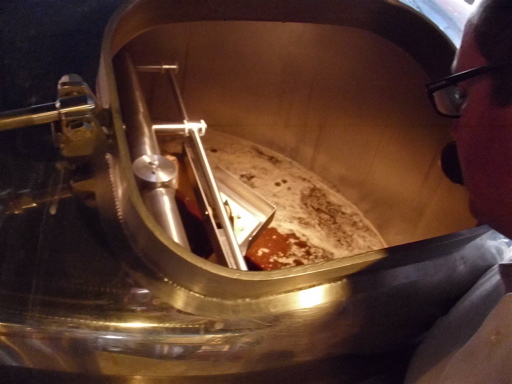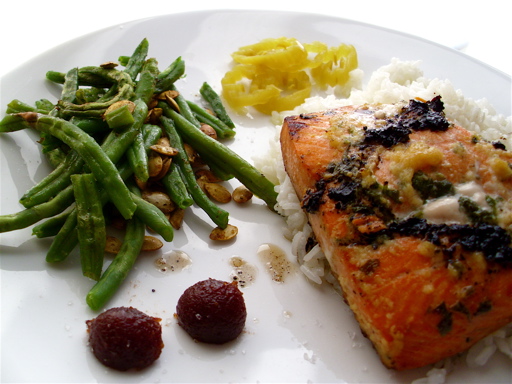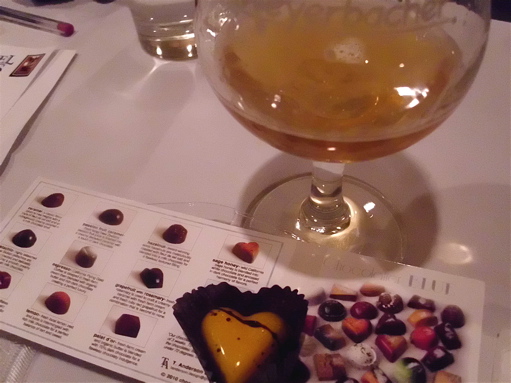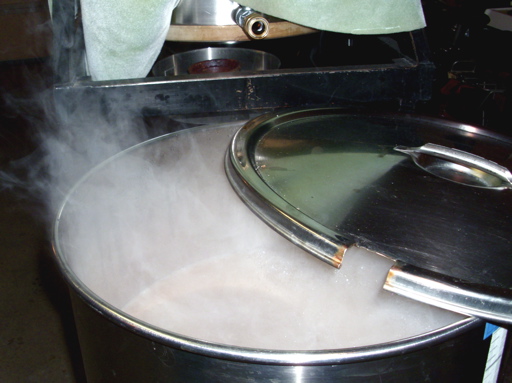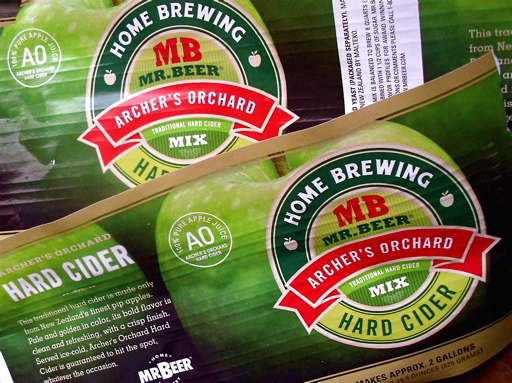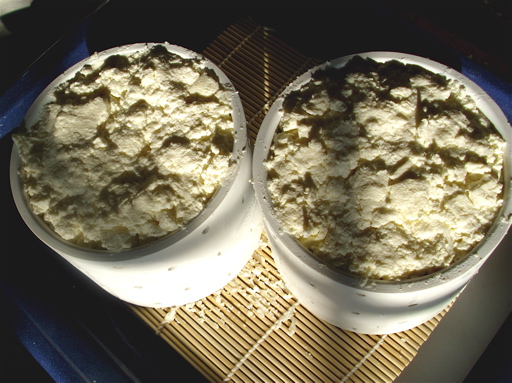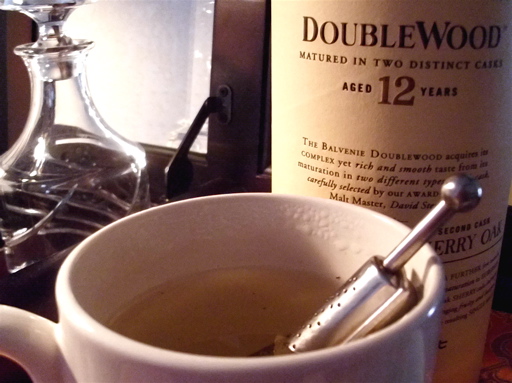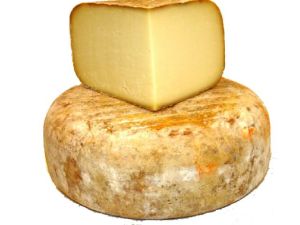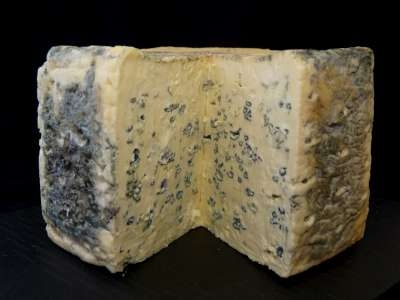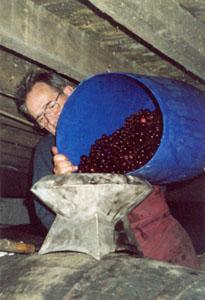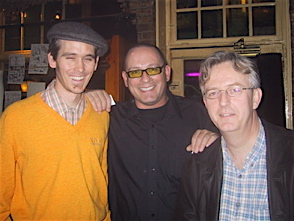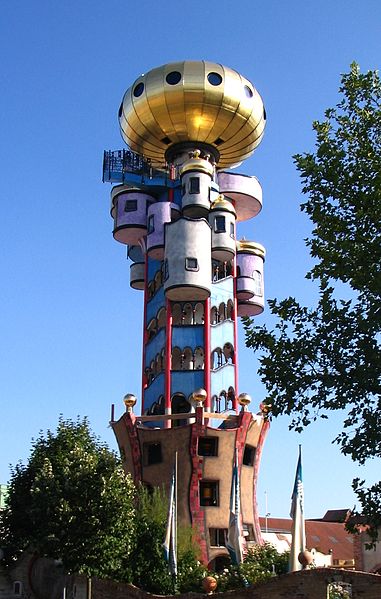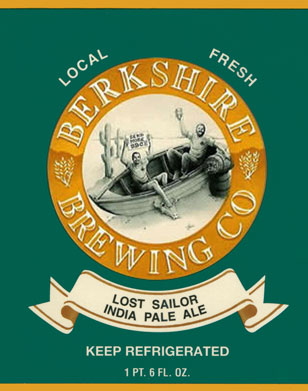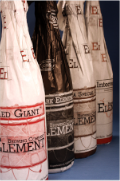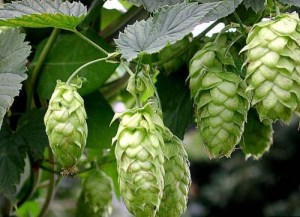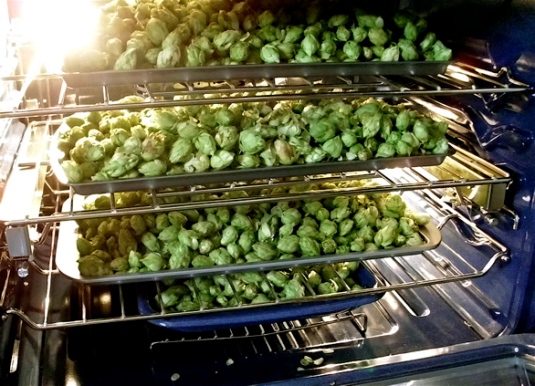Empyrean is an old-fashioned word meaning ‘the heavens.’ I admit to having to look it up. Empyreal is the adjective meaning ‘heavenly.’ And heavenly was generally my experience, Thursday, while I was able to brew my Dark Horse Münchner Dunkel recipe with Empyrean brewmaster Rich Chapin.
The power of positive, peripheral thinking is what got me to this opportunity. The facts in the case are as follows: it was my first time entering the Empyrean Beer Quest competition. Being new to town, I was unfamiliar with Lincoln’s water chemistry. I did not have expectations about how wooing of the public vote took place, nor did I have very much time to make the beer. All entries had to be lagers and I only had five weeks.
I analyzed these facts while wearing dirty underwear. Though it may seem at least a non sequitur, if not a downright disgusting image, the underwear thing is symbolic of letting go of expectation. It comes from a long ago discovery that when I just went out with dirty clothes I was more likely to meet up with attractive, friendly ladies than when I bathed and primped. Maybe it was pheromones left unwashed. But I think it was likely due to opening up a well of possibility in the universe, rather than trying to constrain outcome. There was something about putting distance between me and success that actually brought me closer to it. This is the peripheral vision part of the philosophy… I mean, not looking straight ahead at the positive outcome I desired, but scanning the horizon, ready to notice that cosmic opportunity I had denied direct focus. Have you lost a contact lens, and after much searching given up, only to find the damn thing the moment you stopped looking for it. That’s the phenomenon.
So this is where I put myself as I considered the aforementioned facts. It would be a beer best suited to using undoctored Lincoln water, therefore a dark lager. It needed to be of average strength given the time available, but have a rich flavor attractive to all sorts of beer drinkers. That left me with either a schwarzbier or a Munich dunkel. The latter is a little sweeter and showcases decoction mashing, so that’s the beer I chose. In a sense, none of this was up to me, the facts put me there. Then again, I might have come to the same conclusion by just making an intuitive decision. We can never know.
I have heard a lot of stories about Beer Quest. They range from how the event is jury rigged to how the winning beer brewed on the 15 barrel system will never taste like the original. Axioms and idioms have appeared in the parlance of the local brewers. “You’re better to finish first or eleventh, than anywhere in between.” That’s because the winning brewer gets a free keg of the scaled-up beer, and brewers finishing out of the top ten don’t have to share their beer with anyone.
Based on this one experience, I can tell you that the contest has rules. Some are abided by hard and fast, others lack a referee. There are inequities and home field advantages. Like a political race, you can induce voters to vote for you, the brewer, rather than for the best beer. It is a real life contest. It is fallible. The frustrations it engenders are synonymous with those in everyday life: when your favorite team loses the homecoming game, when the wrong candidate gets elected, when every restaurant in town serves the same spinach and artichoke glop. You are not going to change the occurrence of these things, anymore than I could change the brewing system my double decoction dunkel was brewed on.

The first runnings from the lauter tun enter the bottom of the kettle. The chestnut color and malty aroma were much like my homebrewed version.
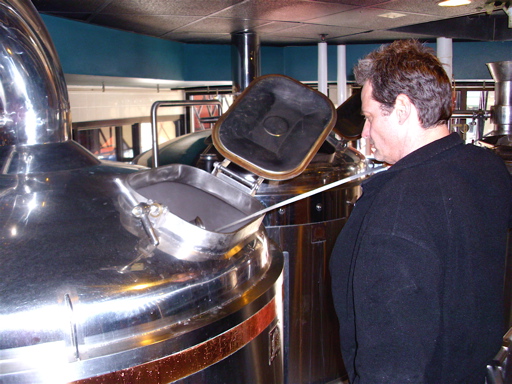
Once all the sweet wort was in the kettle, Rich took a sample for measuring the sugar content with a refractometer. So far, so good. Looks like we'll hit our target gravity.
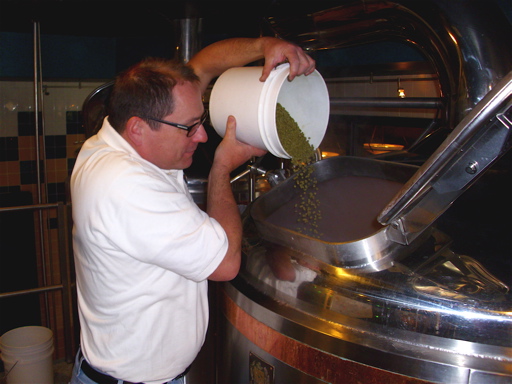
In go the hops - French Strisselspalt - just like my recipe called for. Soon a wonderful lemon aroma captured our imaginations.
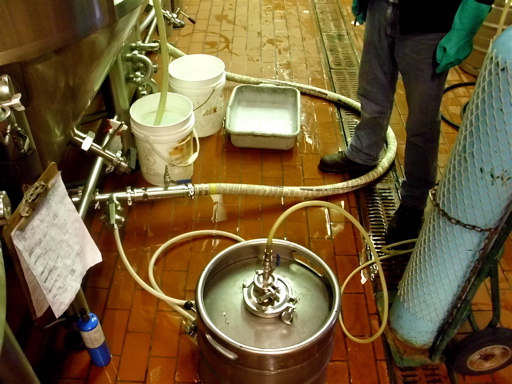
The wort was whirlpooled, then chilled right to 55 degrees. It travelled underground to the adjacent building where the fermentation vessels are located. Here Rich pushes the beer, a sizable yeast pitch (in the keg), and adds oxygen.

Here's where the Dark Horse is now busily fermenting. In a few weeks I'll be sitting at the bar trying it out! Hope you will be, too.
If anything, the trials and tribulations of Beer Quest mimic real life. For me, it was a personal test of attitude and vector. For others it may be a frustrating series of hems and haws trying to get outside the box of expectation and entitlement they’ve constructed for themselves. I know only this: that the more I know about beer, the less I know, and that as I contemplate what to brew for the next Beer Quest I will burn my road map and start a new journey from scratch. Winning is not everything. I’ll settle for 2nd through 10th.
Cheers! TPJ



